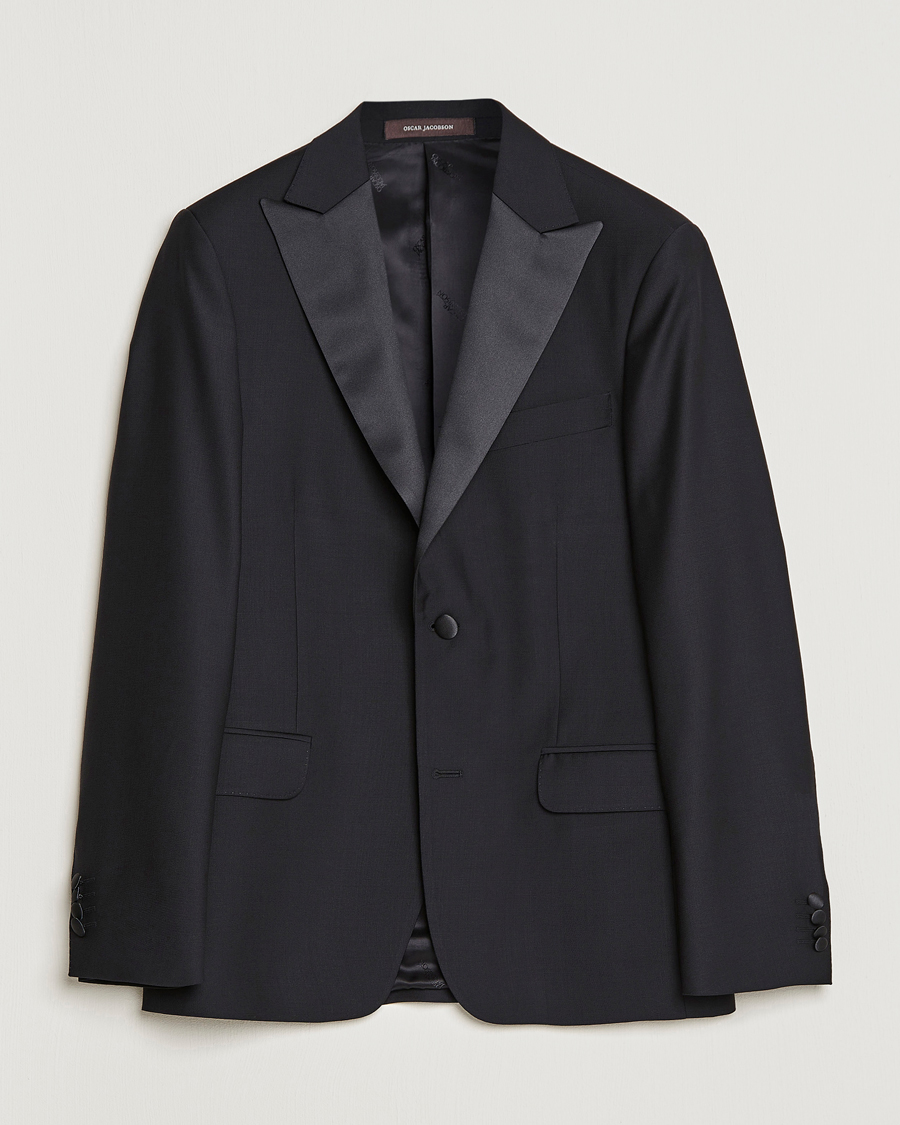
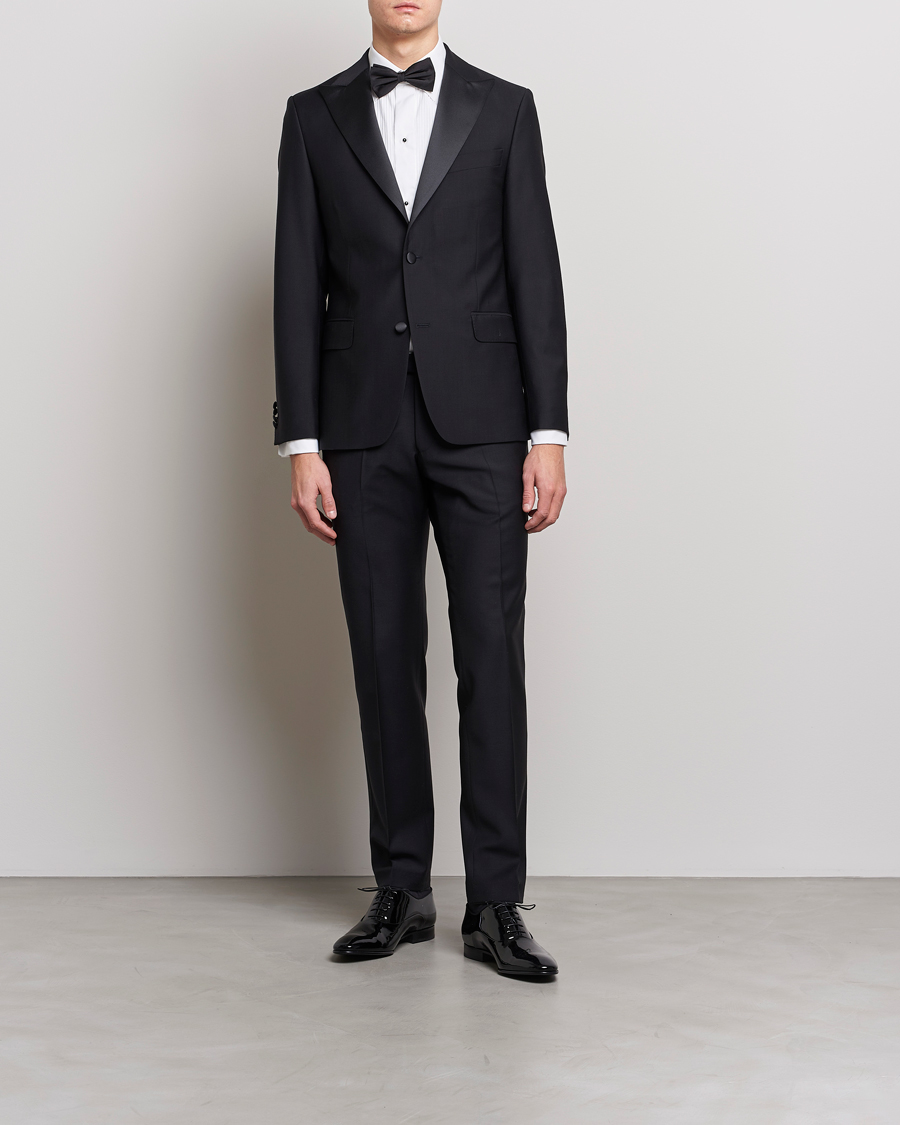
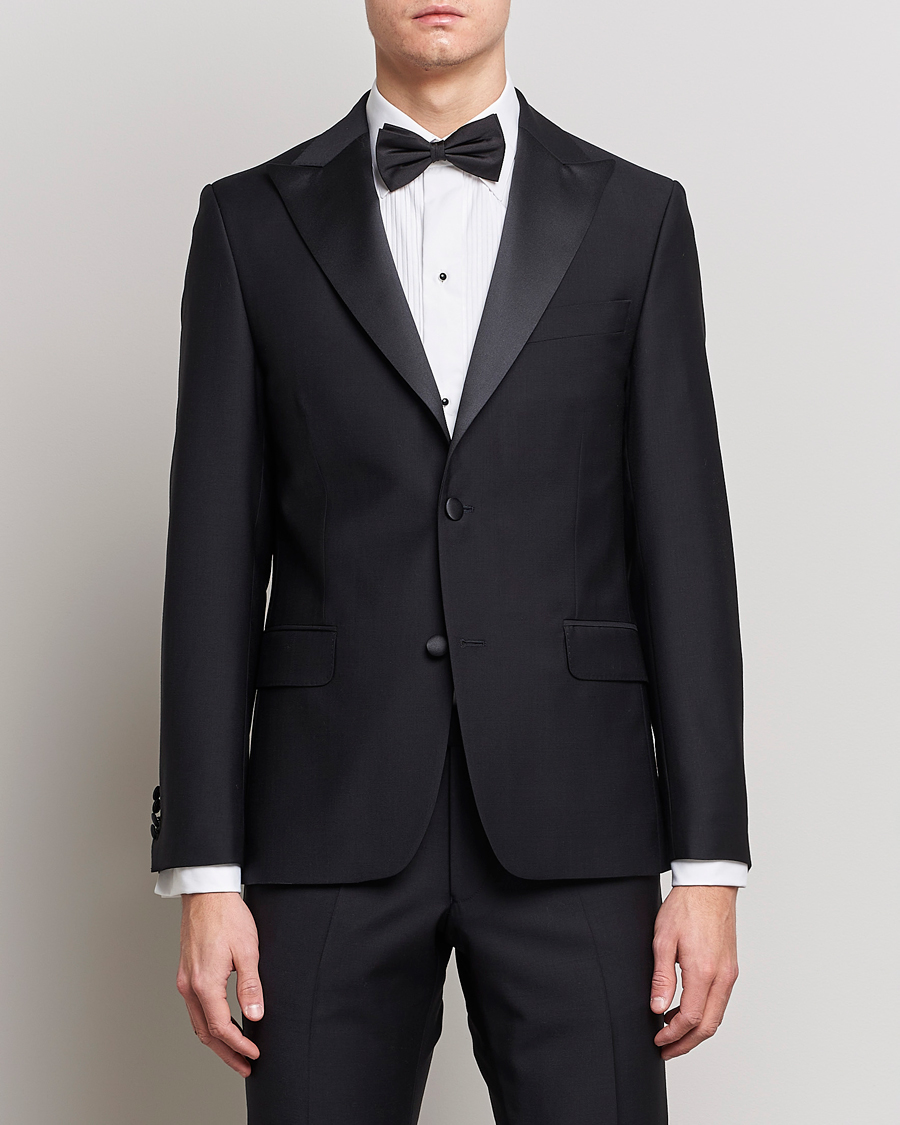
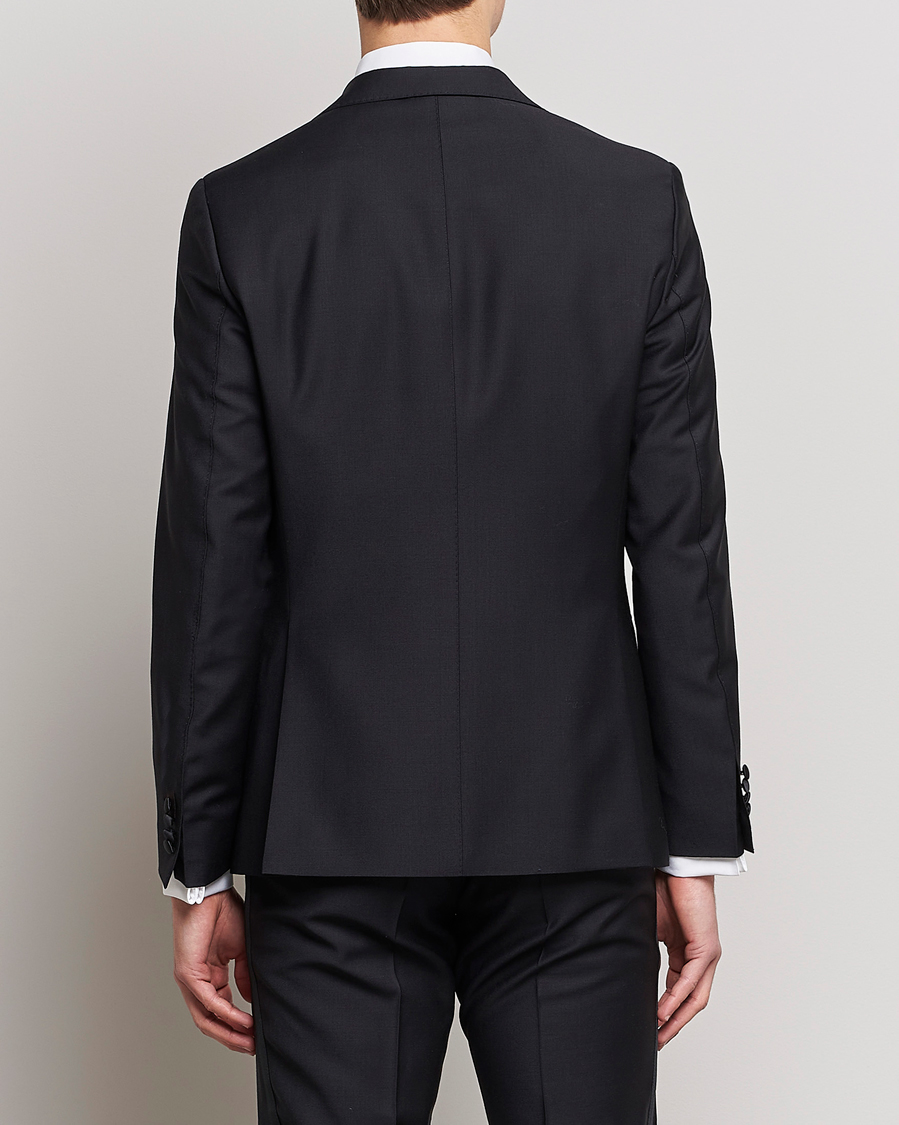
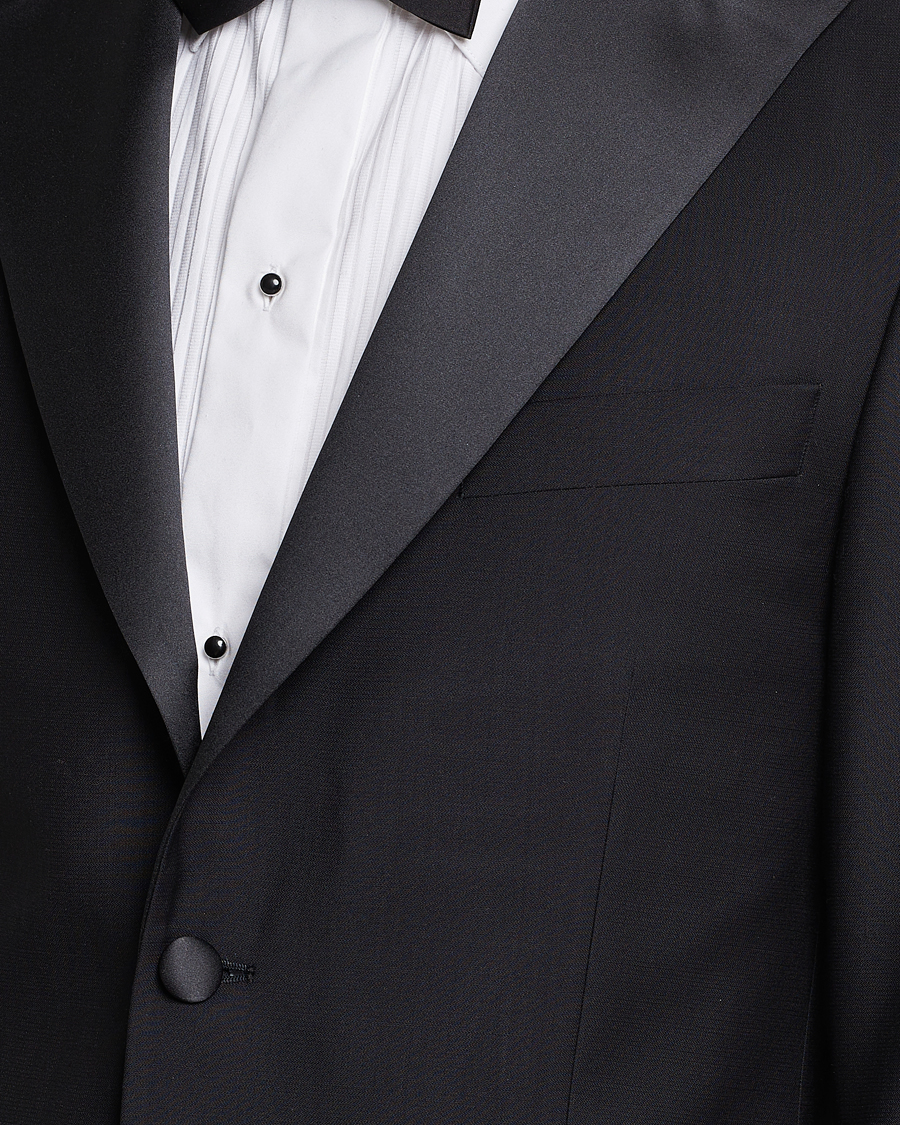
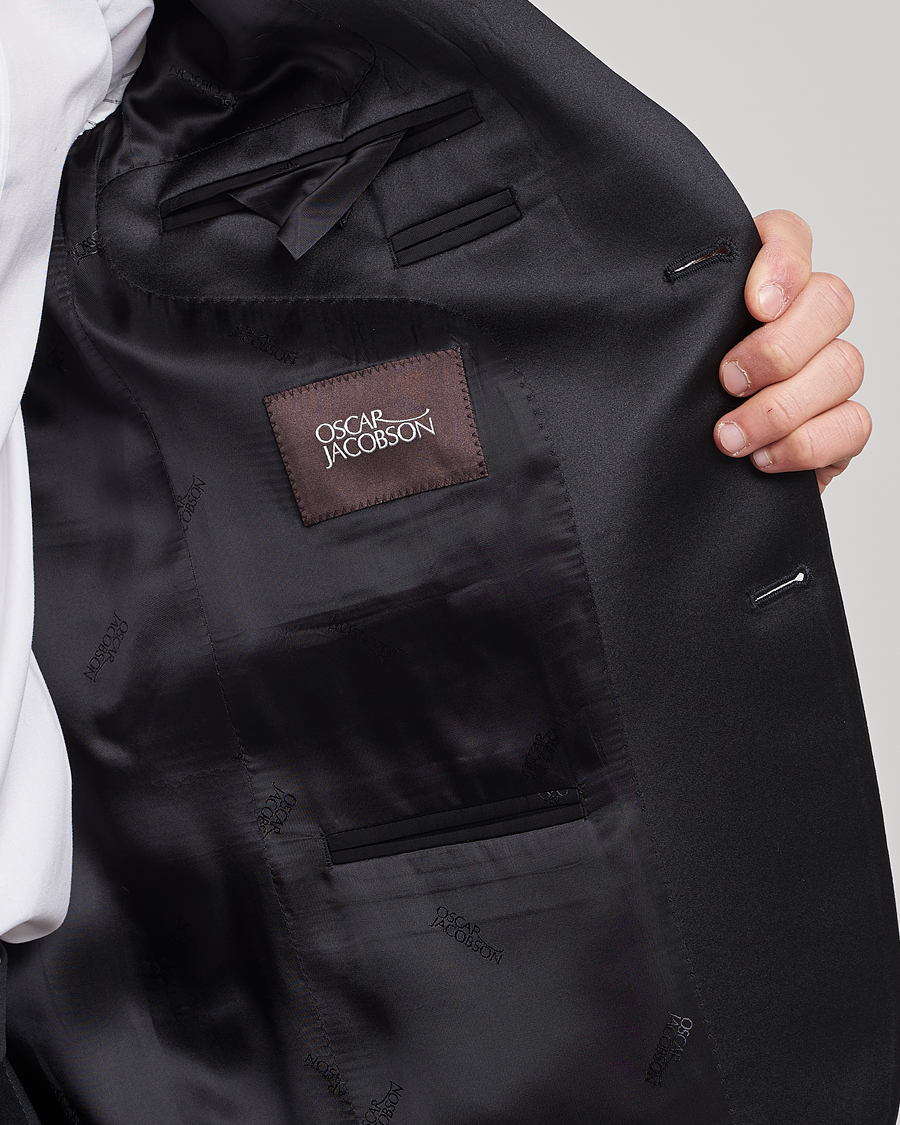
More options?
Elder Tuxedo Blazer Black
Artikelnummer: 14950211r






Artikelnummer: 14950211r
Answers to the most frequently asked questions can be found here.
We aim to reply to your email within one working day.
We currently offer personal style advice through both digital and in-person customer meetings near our headquarters in Borås, Sweden.
If you're interested in booking a session with our personal shopper, send an email to us at [email protected], specifying whether you prefer a digital or in-person meeting, and we will get back to you with more details and available time slots.
Our style advisors look forward to helping you update your wardrobe and invest in timeless, quality garments!
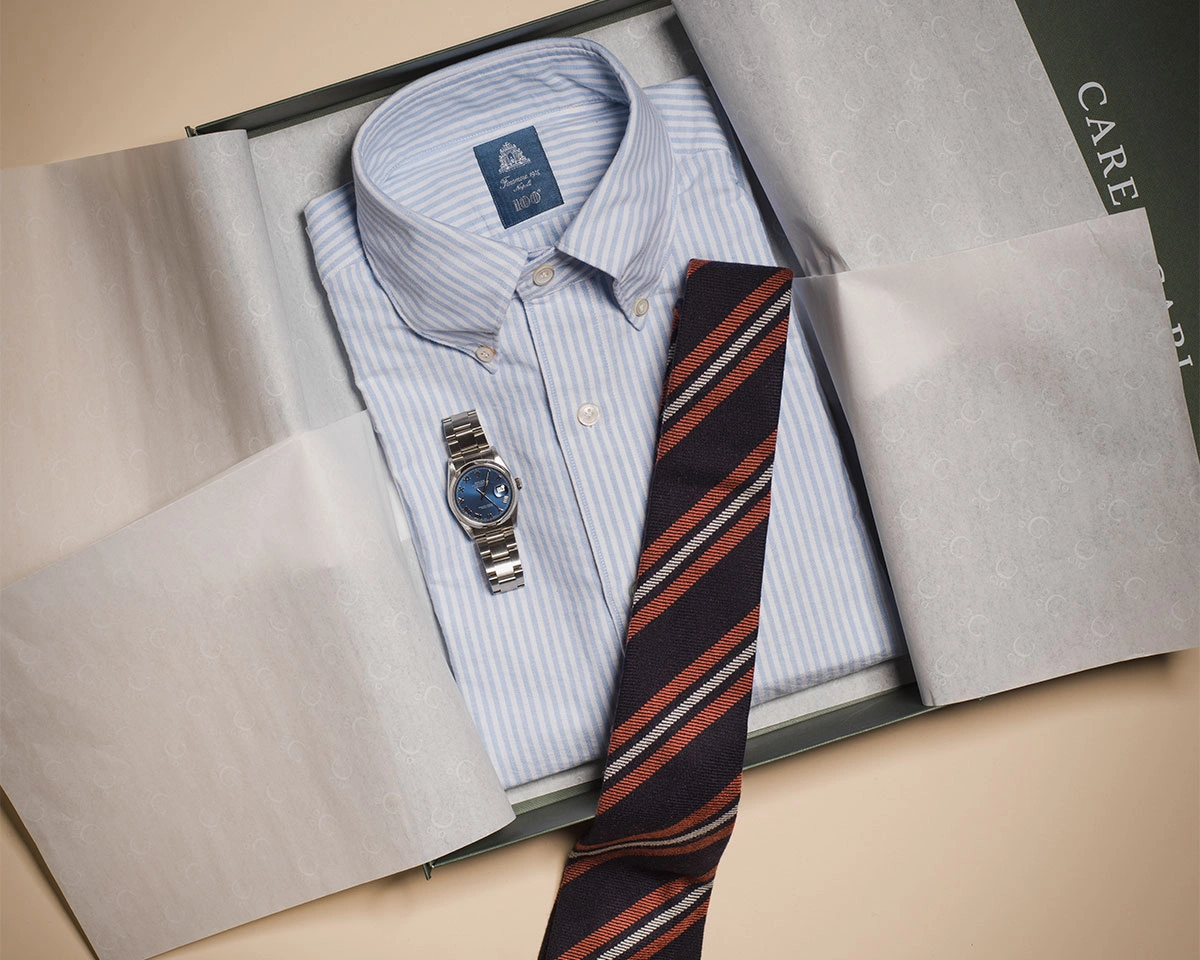
Quick delivery, well packaged and excellent quality and value.
Matt P
2025-12-20
Buyer
2025-12-10
I love my balloon, especially when it lights up
Marita G
2025-12-19
Buyer
2025-12-10
Fabulous .. everything was very smooth .. I was a bit reluctant as some of the reviews weren’t that good but was so pleased with everything
Beth H
2025-12-19
Buyer
2025-12-10
Great item, fast delivery.
Arkady Y
2025-12-10
Buyer
2025-12-01
Seamless transaction
Barra O
2025-12-04
Buyer
2025-11-25
Beautiful product!
Ute V
2025-12-03
Buyer
2025-11-24
Great service, fast delivery, good products
Eldar B
2025-11-26
Buyer
2025-11-17
Attention to detail and fast service
Derek H
2025-11-26
Buyer
2025-11-17
Responsive and quick with excellent breadth of products
JAMES H S
2025-11-19
Buyer
2025-11-10
great service
Maurice D
2025-11-19
Buyer
2025-11-10
Great customer service
Chris G
2025-11-14
Buyer
2025-11-05
Good online store!
Ivaylo N
2025-11-12
Buyer
2025-11-03
Mugav tellimine ja kiire tarne. Tänud.
Aare P
2025-10-15
Buyer
2025-10-06
Perfect shopping
Krzysztof J
2025-10-14
Buyer
2025-10-03
Super fast delivery as expected from DHL :)
Olivia P
2025-09-27
Buyer
2025-09-17
Very fast delivery!
Sean D
2025-09-25
Buyer
2025-09-15
Rapid fulfilment of purchase & delivery from Sweden to UK in 2-3 days.
Bernard E
2025-09-10
Buyer
2025-09-01
Everything was perfect! Thanks.
Radek H
2025-09-05
Buyer
2025-08-27
Very good company.
Jonathan B
2025-09-04
Buyer
2025-08-26
Good products and fast delivery!
Jurij G
2025-08-21
Buyer
2025-08-12
Fast delivery, good service.
Jadran K
2025-08-19
Buyer
2025-08-08
Excellent from buying to delivery
James M
2025-08-15
Buyer
2025-08-06
fantastic products and fast delivery!
Tomislav D
2025-08-13
Buyer
2025-08-04
Fast delivery. Good service. Thank you!
Triin P
2025-08-09
Buyer
2025-07-31
Great service, thank you for starting to deliver to Canada!
Mark M
2025-08-08
Buyer
2025-07-30
Care of Carl uses cookies and similar technologies to keep our site working securely and reliably, to measure website performance, and offer a tailored … advertising and shopping experience. To do this, we collect data pertaining to our users, their shopping patterns, and devices. By selecting “Accept all”, you agree to the collection of such data and the sharing of this data with third parties such as our marketing partners. This may involve your data being processed in the USA. If you decline, only essential cookies will be used, meaning we will be unable to offer a tailored experience. Select “Manage Preferences” for more detailed information and to manage which kinds of cookies you allow. You may change your preferences at any time. Learn more about our use of cookies in our Privacy Policy.
The sections below explain the categories of cookies we use and let you adjust your preferences. Learn more in Secure Shopping and in our Privacy Policy (opens in a new tab).